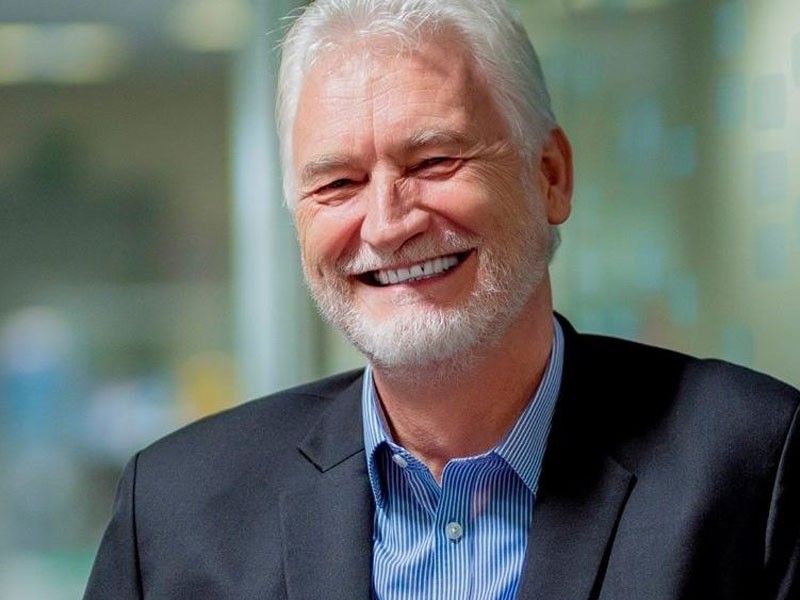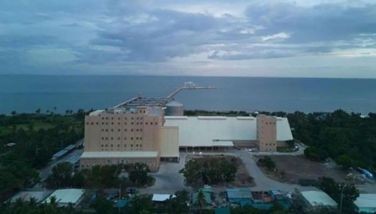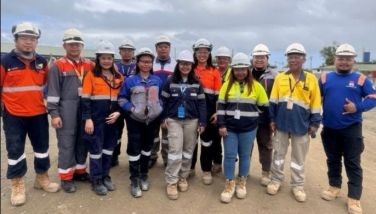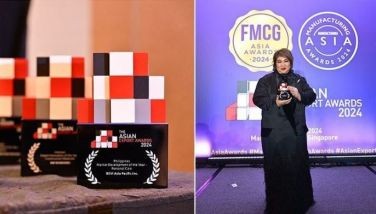Pursuing renewable electricity toward net zero GHG emissions

The urgent need to limit the global temperature rise to within 1.5°C figured prominently at the recently concluded COP26 climate summit in Glasgow.
As a proposed solution, countries have pledged to accelerate and strengthen their emission reduction plans to achieve the goal of net zero emissions no later than 2050 and mitigate the impacts of climate change.
A crucial aspect in this conversation is the decarbonization of the power sector through the shift from traditional to renewable sources of energy. The power sector accounts for a quarter of global greenhouse gas (GHG) emissions due to the burning of fossil fuels such as coal, natural gas, and petroleum to produce electricity and heat. Shifting to clean and renewable energy will significantly reduce the world’s total GHG emissions, taking us one step closer to our net zero ambition.
Fortunately, good progress has already been made in this transition. In 2020, the share of renewables in global electricity generation stood at 29% – from 27% in the previous year – and further expansion of renewable electricity (RE) generation around the world has been foreseen in 2021.
In the Philippines, more than 30% of the total primary energy supply is renewable energy, according to the Department of Energy (DOE), which puts it ahead of other ASEAN nations. While there is still a long way to go before the country fully transitions to renewable energy sources, both the government and the private sector are doing their part to expedite the process. Notably, the DOE has declared a moratorium on new coal-fired power plants in 2020 among its other policies to optimize renewable energy use.
Over 407 renewable electricity projects in the Philippines were approved from 2016 to 2020, which can potentially supply over 23,000 megawatts upon completion. Other developments include sustainability initiatives such as the Green Energy Option Program (GEOP), Green Energy Auction Program (GEAP), and Renewable Portfolio Standards (RPS) whereby end-users, even those consuming as low as 100kW, are encouraged to make the switch to RE sources to help promote sustainability.
Given that consumers are now more conscious in their buying habits and inclined to support brands with sustainable practices, fast-moving consumer goods companies are among those being challenged to evolve and transform their operations because the sector is responsible for over a third of global GHG emissions. As such, businesses are making major moves to decrease their environmental impact by exploring new ways of using renewable energy in their factories and systems.
At Nestlé Philippines, we are working to achieve net zero GHG emissions by 2050 in line with our net zero roadmap. Alongside responsible sourcing and shaping a waste-free future, one of our key actions is transforming our operations by increasing the proportion of renewable electricity that we use. We conduct energy target setting in our factories and other sites, a process involving a full evaluation of our current operations to determine potential projects that can help cut our GHG emissions further, and reduce our energy and water consumption.
We also have a Power Purchase Agreement (PPA) with an Independent Power Producer (IPP). IPPs are private entities that operate facilities to generate electricity for sale to utilities and end users. Such a pioneering initiative has prompted the local industry to take notice of this financially viable and environmentally sound business model, and it has since then been pursued by other corporations and entrepreneurs. Through these and other efforts, we are already able to run 100% of our Luzon factories and our Makati office on renewable electricity, and by the second quarter of 2022, our GMA Distribution Center and Nestlé Business Services will follow suit.
As we continue the shift to renewable electricity in the country, we acknowledge the challenges that lie before us. For example, there is great potential for RE in Mindanao, offering timely opportunities for the energy industry. We look forward to the day when our Nestlé coffee factory in Cagayan de Oro will be powered by renewable electricity.
Business-wise, switching to renewables is advantageous by way of saving on energy costs, strengthening stakeholder relations, and exercising leadership in corporate sustainability. We can, as companies, reduce our direct and indirect GHG emissions by focusing on scaling up our clean energy competitiveness and working on innovations to make our processes more sustainable for the planet. By doing so, we will also help to harness the potential of renewable energy in the Philippines and contribute to the growth of the energy sector.
- Latest




























